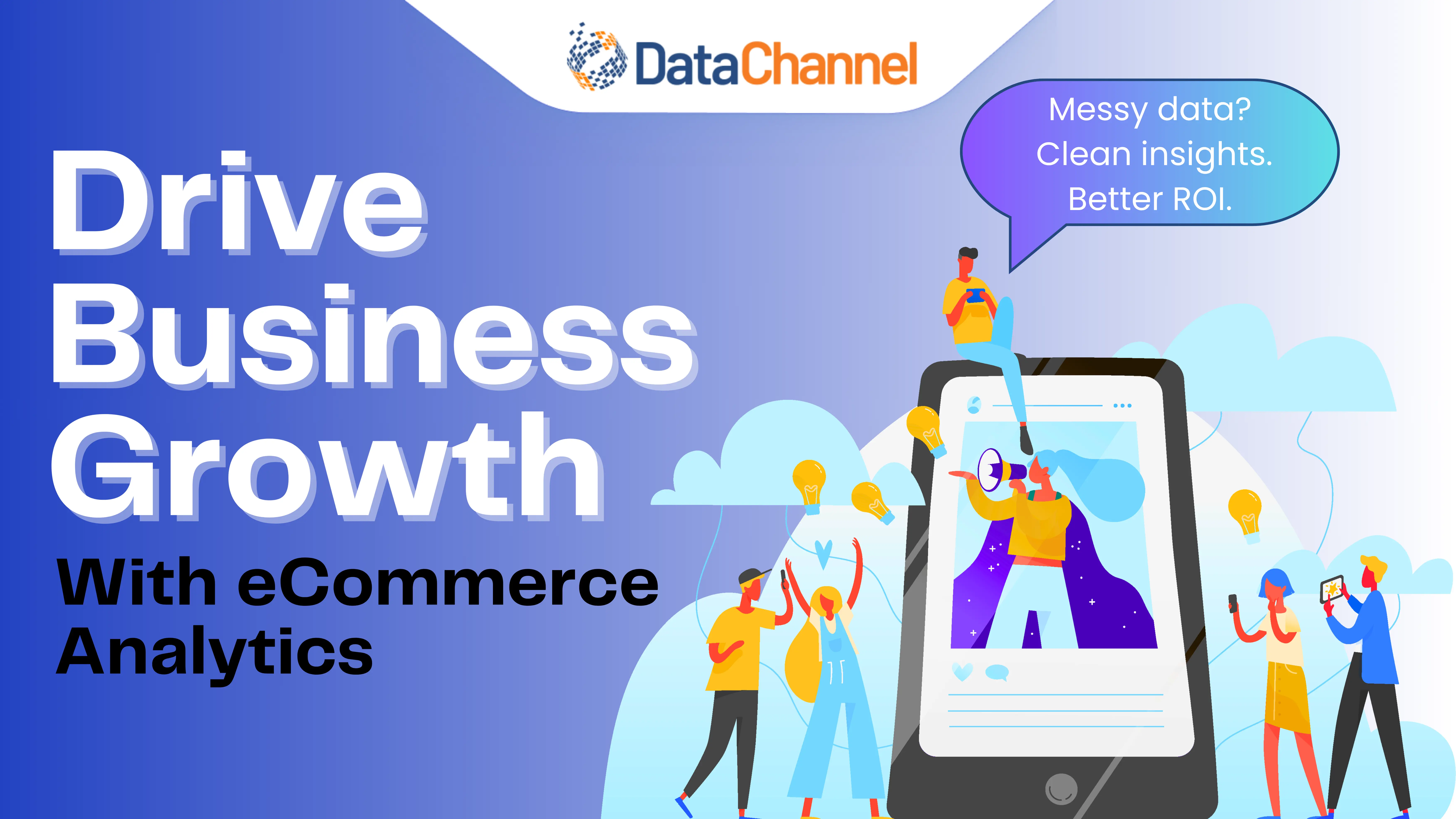
How to plan a Successful Data Migration Strategy?

Long gone are the days when business decisions were based solely on the past experiences and skills of the decision-maker, now, everything is driven by data. Every single click, view and scroll of a user is quantified, measured and stored with equal importance and used in deciding the next move of a multi-billion dollar enterprise, such is the importance of data.
When the world is running on oil and data, where both are given equal importance, now more than ever a prompt access to 'Right Data at the Right Time' has become the key growth driver. To this end, businesses worldwide have made it their mission to push pools of data from diverse sources into a big pan and cook, cook until it confesses valuable and actionable insights to increase productivity and profitability. However, this process is useful as long as the quality of the data and processes is maintained at every stage in the ETL (Extract Transform Load) chain.
Data Migration – The First Frontier
The very first step towards preparing data for analysis is “Data Migration”. However, what can be easily mistaken by a business as a simple transfer of data from one system to another, is a highly nuanced execution of complex steps and methodologies that requires focussed skills and discipline. It is a mixture of unstructured and semi-structured transformations operating on data before it is finally loaded into its target location.
Data – What, Where, Who?
Before initiating any kind of data migration, it is imperative that you are fully versed with what kind of data you would be migrating, what is its current format, where does it reside presently, and in what format you would want it to be transformed for later analysis. Only after answering the above, can you expect to get the ball rolling on a clear course of action for your data migration strategy.
Given the high degree of heterogeneity among the data sources at disposal, a business entity is often burdened with designing a data migration strategy document for each of them separately. DataChannel handles this massive beast of a problem, very quietly in the background for you. It offers migration of data, directly from cloud sources like FacebookAds, Snapchat, Instagram, GoogleAds etc. Additionally, it also lets you migrate the data which was extracted at an earlier instance and stored like in Files (Box, FTP etc.) or Databases (MySQL, PostgreSQL, BigQuery etc.).

Data migration has managed to perturb business enterprises large and small alike, owing to the increased size and complexity of data and its sources. Let us help you understand what all goes down really in data migration and what all needs your consideration before you formulate a data migration strategy or choose a professional to do so for you.
Chalk out the details
The next logical step would be to define the scope of your data migration strategy in a clear and concise manner. This is essential to estimate a realistic time and monetary budget for the process. Risk identification is another crucial component that needs to be taken into account at this stage.
DataChannel offers more than 100 API connectors that work tirelessly at the frequency of your choosing to ensure a timely in-flow from multiple platforms into the warehouse of your choice. The platform also offers various pricing plans according to the client’s needs and custom requirements.
Handlers should be up to the task
Knowing the strength and skills of the team which is going to handle a crucial task such as data migration is necessary to ensure the credibility of successful data migration. No one person can be an expert at everything. Your team can be the best when it comes to understanding and interpreting that data, but they might lack the necessary skills like coding or know-how of the complicated ETL tools available in the market.
In such a case, in order to ensure smooth functioning, you can take advantage of DataChannel’s capabilities, which is a no-code self-serve platform. All your team member has to be an expert in is your business domain, leave the ETL expertise to the ETL stalwarts at DataChannel. The team that envisioned, conceptualized, designed and developed DataChannel has years of experience in the field, with an added zeal to solve the problems in the cloud ETL domain.
404: Human Error
As the data migration happens to enter its execution phase, it comes under its human handler’s influence where a human is responsible for completing the critical task of setting the right permissions to the right sources. Even the smallest of errors at this step can choke the entire pipeline and result in no or erroneous data migration. As the number of permissions and frequency of their application rises, so does the scope of human error.
In order to minimise such unnecessary risk, DataChannel ensures that you configure the migration specifics only once and get your data migrated automatically (if scheduled, otherwise at a single click) each time.
Testing Alert
Testing is often the most neglected aspect when it comes to data migration, but nonetheless important. It is crucial to keep track of any issues such as bad connectivity between source and target systems, transfer accuracy, security, etc. Error detection at this stage can save you from acting on the wrongful insights that might have accrued from erroneous data migration.
DataChannel has a dedicated ‘Health’ tab to let a client monitor and test the data migration process in real-time. It provides insights such as the number of rows moved grouped by data source and date, number of successful runs, number of runs with error, etc. You can choose to act upon the insights as per your needs.
Backup it all!
The word ‘Data Backup’ precedes ‘Data Migration’ in the dictionary, and the same should be mirrored in the real world as well. Even before the first of data migration occurs to you, you should ensure that you have backed-up all your data which is up for migration. No system or team is perfect! Data migration can be faltered due to any number of reasons, like missing or incomplete files, corrupt data, a transaction failure, etc. In such a case, a backup master copy can save you from losing crucial data.
.png)
Conclusion
Most businesses fall flat when it comes to profiting from their every day acquired data because they choose to run a manual ETL regime or choose the wrong professional to do so. Please don’t be just another fallen soldier, and let us help you migrate and integrate your data with a completely self-serve no-code SaaS platform into the warehouse of your choice. DataChannel delivers perfectly on its promise of quality data integration by ensuring seamless data migration to its target location.
Don’t let your precious data fall off your hands or in the wrong hands either, Choose DataChannel!
Try DataChannel Free for 14 days










